Fremantle Prison was constructed between 1851 and 1859 and was initially known as the Convict Establishment. This place is a former Australian prison and now a World Heritage Site in Fremantle, Western Australia.
It sits on top of the six-hectare site where all of the cell blocks, gatehouse, perimeter walls, cottages, and tunnels are located.
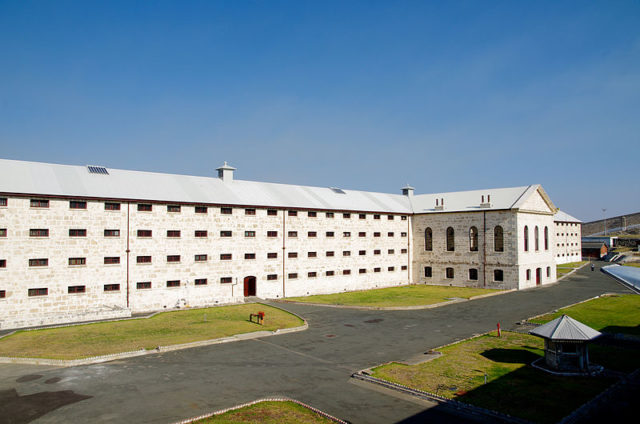
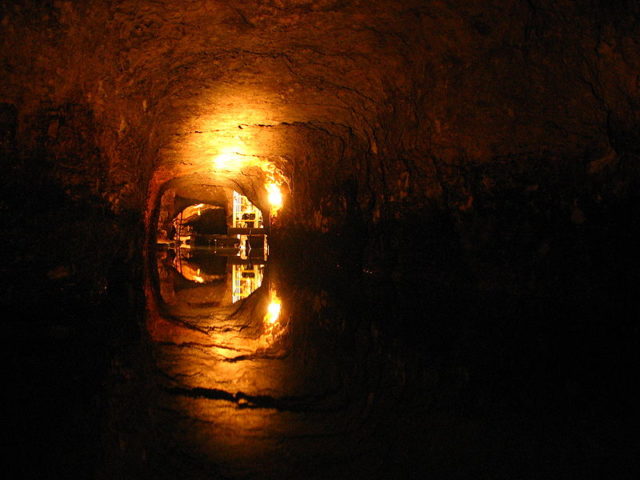
In its beginnings, it was used for convicts transported from Britain until later when control was transferred to the colonial government in 1886 which allowed for local criminals to be locked up inside too.
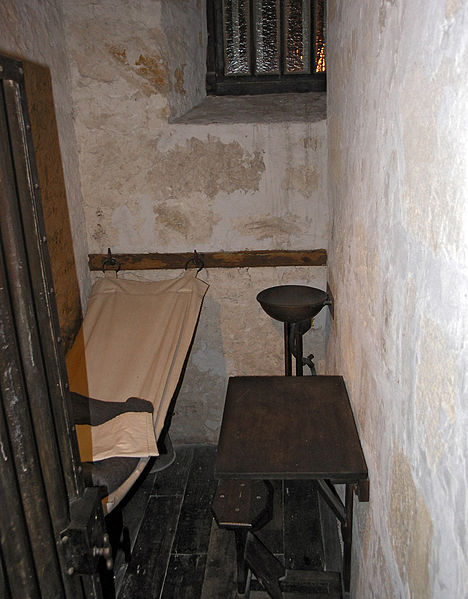
The Fremantle Prison went through several attempts of reorganization starting from 1898 all the way to the 1980s. But the prison culture was not particularly interested in any reforms. The prisoners were not happy about the way they were treated and the only way for them to show their discontent was to start a riot.
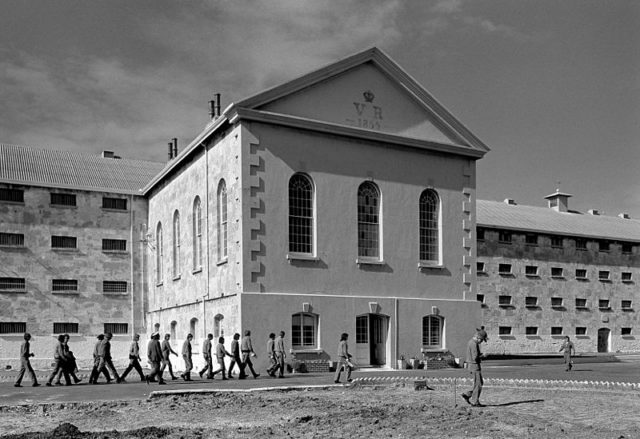
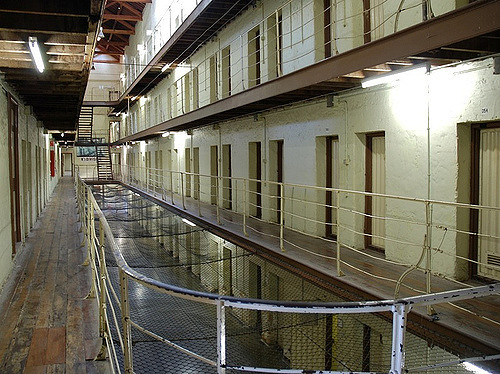
And in 1988 when a riot broke out and many of the guards were taken as hostages. The riot culminated with a fire that did more than $1.8 million of damage. At the end of it, all the prison was closed in 1991 and all of the inmates were relocated to the new maximum-security Casuarina Prison.
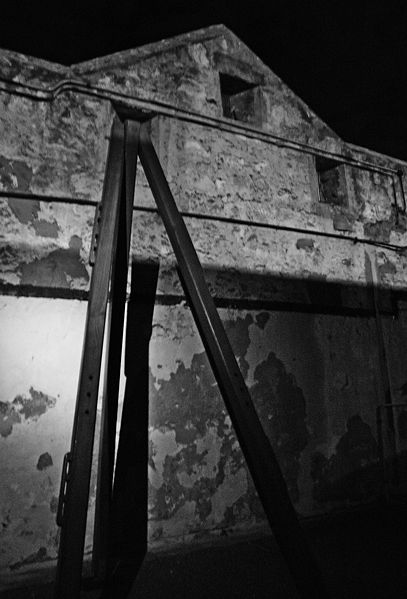
The head of the prison was the Comptroller General of Convicts responsible for the entire prison system in Western Australia as well the Fremantle Prison. The meals in this place unlike the rest of the prisons were an important part of the day, and were given three times a day – 7:15am breakfast, 12:00pm lunch, and 4:00pm diner.
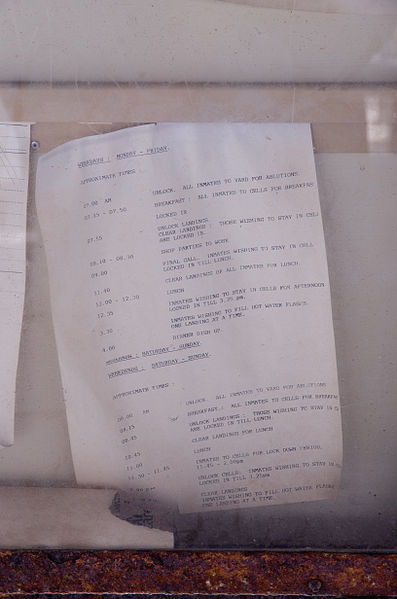
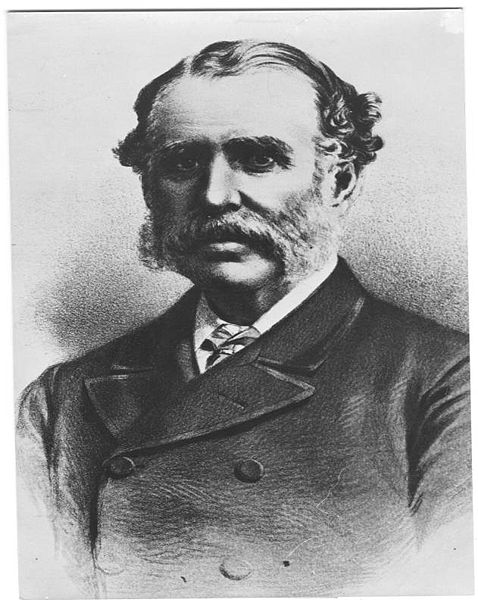
Being a maximum security prison means there were some pretty severe punishments involved. The variety to choose from ranges from flogging (whipping or lashing) and time in irons to death by hanging – no loss than 40 hangings were carried out at Fremantle Prison.
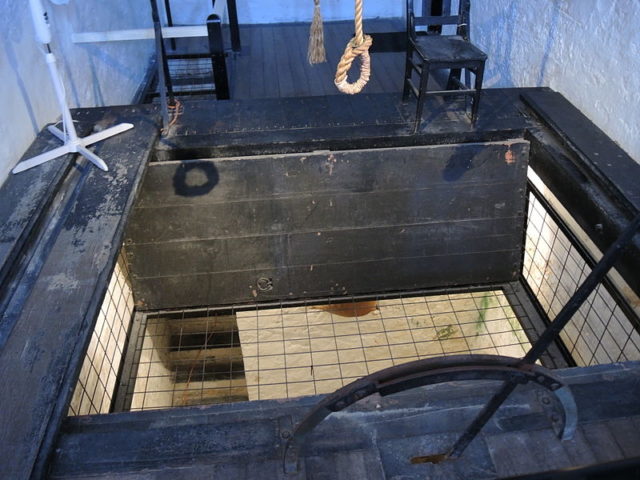
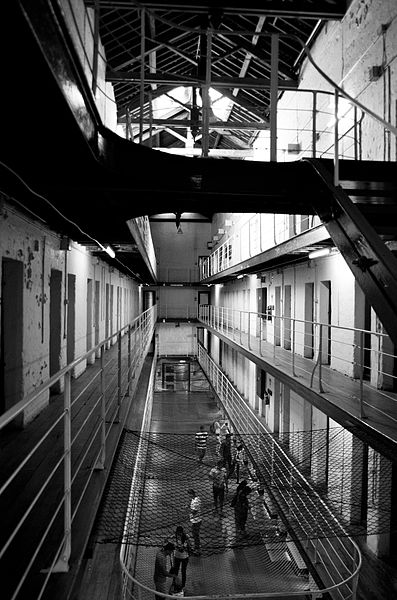
Keeping the prisoners locked up proved to be a real challenge. Among the most eye-catching escapees, there is Moondyne Joe a person who had escaped multiple times from prison. Next, there is John Boyle O’Reilly a poet and fiction writer, and the most recent escape from Fremantle prison was performed by Brenden James Abbott a famous Australian bank robber.
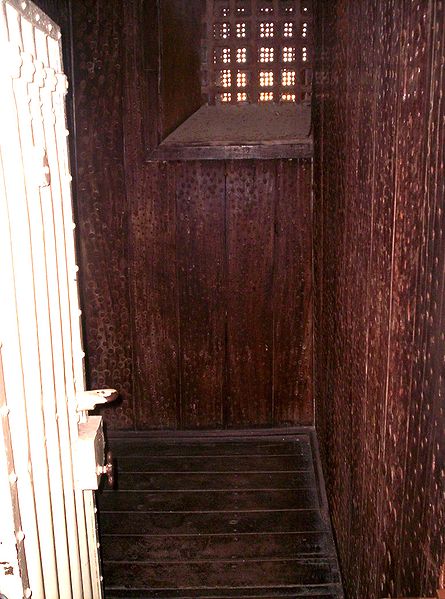
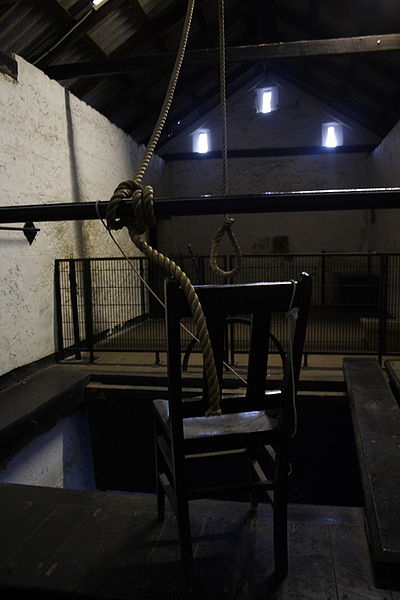
Since its closure, Fremantle Prison has been recognized as a heritage site making it a famous tourist attraction. Since the 1990s, various parts of Fremantle Prison went under restoration with some $800,000 spend in the first two to three years.
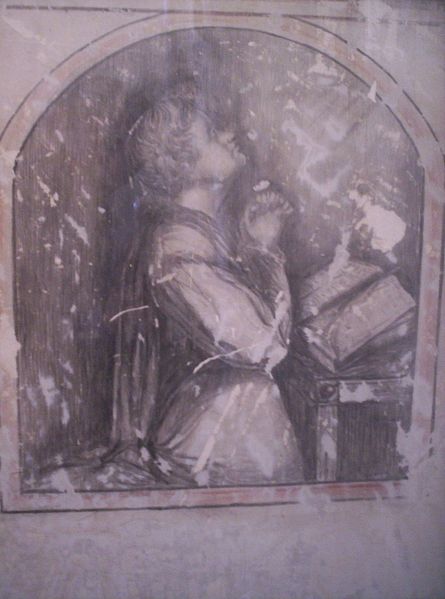
The restoration process discovered lost wall paintings hidden beneath layers of white-wash for decades that where done by the 19th-century forger James Walsh. In some of the other cells, Aboriginal artwork was also discovered. I think it is a place to visit but not to stay!
